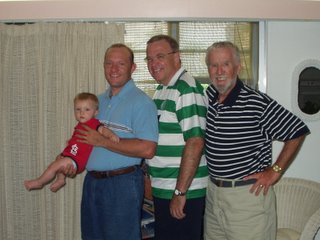More Discoveries!
Pictured here, the Harbor at Cohassett Massachusetts as it looked when my great grandfather was born there.
My Friend Linda who maintains the Effingham County GenWeb project website has provided some new information from the year 1880.I recently discovered that my great-grandparents, Daniel E Foley and Margaret Purtill were married in the Effingham Illinois area. I asked Linda to help.
She found them quickly and have added some information previously unknown from their marriage record on file at Effingham County.
"Effingham County Marriages 1878-1882" on page 86 provided the information on file.
It reads:
Daniel Foley of Neoga, Cumberland County, foreman of section,age 24, born Cohassett Massachusetts, son of Michael Foley and Bridget O'Preiss (O'Brien) and
Margaret Purtill of Farina, Fayette County, age 17, born Alma, Illinois, daughter of Michael Purtill and Anna Mulvihill, first.
Married Edgewood, October 21, 1880, by L. Reissen, priest, witness Thomas Hosea Purtill and Margaret Kane.
The things that we didn't know before this time:
That Daniel was born in Cohassett, Massachusetts and lived in Neoga Illinois prior to his marriage.
That Margaret was born in Alma and was living in Farina prior to her marriage.
That they were married Edgewood.
I took out the Atlas to see find these small towns in Illinois. It was no surprise that they all on the railroad line that runs parallel to I 57 in central Illinois. Margaret moved from Alma north to Farina. Daniel moved south from the Chicago area. It seemed inevitable that they would cross the same paths eventually. North met south in Edgewood.
Next I looked into Cohassett to see what was going on there that may have attracted the family to that area. Here is a bried history of Cohassett
Cohasset, named "Quonahasset" or "long rocky place" by Native Americans, was settled as an agricultural community in 1670 and remained the Second Parish and Precinct of Hingham until it was incorporated in 1770.
Throughout the 18th and 19th centuries, Cohasset developed into a seafaring village, based on shipbuilding, trading and fishing. By the mid 19th century, its mackerel fleet numbered more than 50 schooners. In the latter years of the century, the town became a summer colony of prosperous Boston families who built large estates along its shores.
And 125 years later here we are, the descendants of these folks searching for their information and filling in the blanks.


